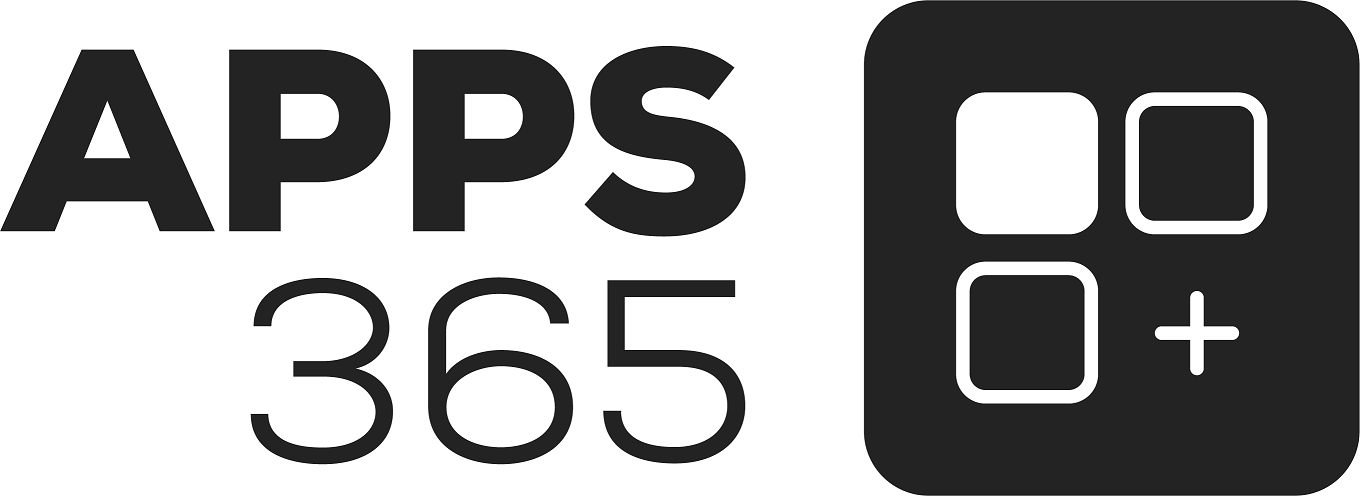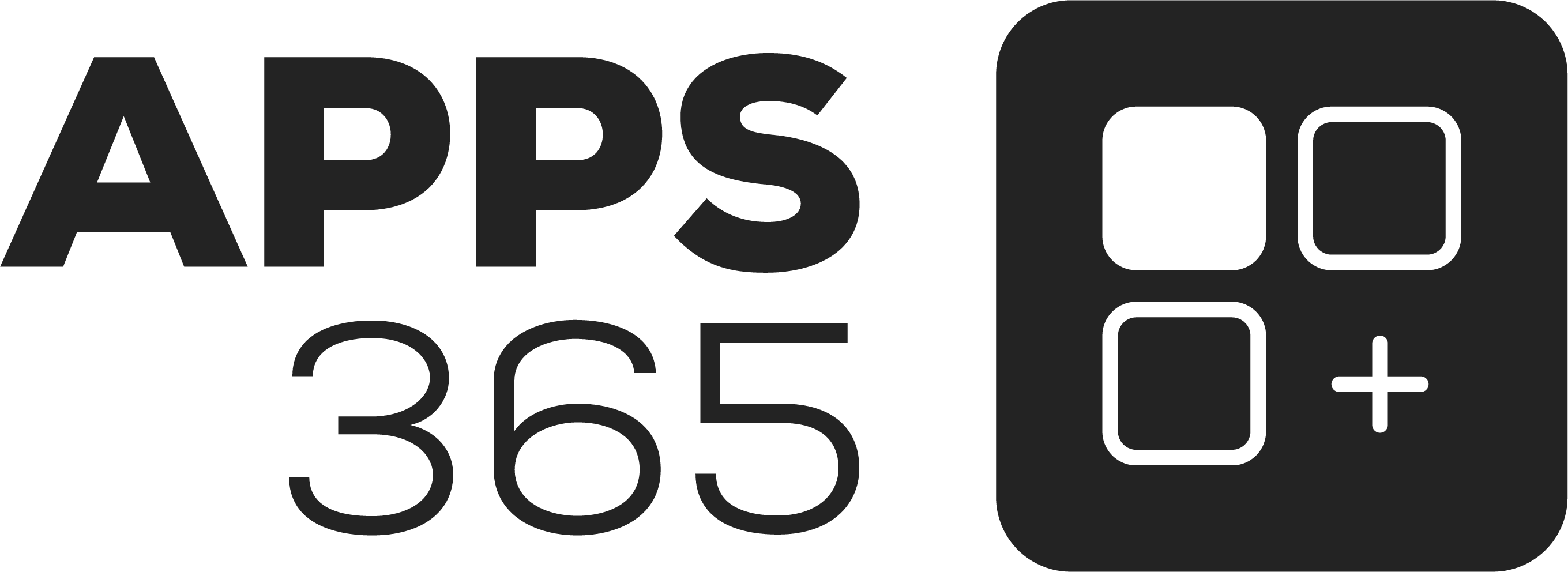
Pialundceramics
Add a review FollowOverview
-
Founded Date May 31, 1987
-
Sectors Office
-
Posted Jobs 0
-
Viewed 40
Company Description
How To Run DeepSeek Locally

People who desire complete control over data, security, and performance run LLMs locally.
DeepSeek R1 is an open-source LLM for conversational AI, coding, and problem-solving that recently exceeded OpenAI’s flagship thinking design, o1, on numerous benchmarks.
You remain in the ideal place if you want to get this model running in your area.
How to run DeepSeek R1 using Ollama
What is Ollama?
Ollama runs AI designs on your regional machine. It simplifies the complexities of AI design implementation by offering:
Pre-packaged design assistance: It supports numerous popular AI designs, including DeepSeek R1.
Cross-platform compatibility: Works on macOS, Windows, and Linux.
Simplicity and efficiency: Minimal hassle, simple commands, and efficient resource use.
Why Ollama?
1. Easy Installation – Quick setup on numerous platforms.
2. Local Execution – Everything operates on your device, ensuring full information privacy.
3. Effortless Model Switching – Pull various AI models as required.
Download and Install Ollama
Visit Ollama’s website for detailed installation directions, or install directly by means of Homebrew on macOS:
brew install ollama
For Windows and Linux, follow the platform-specific steps supplied on the Ollama website.
Fetch DeepSeek R1
Next, pull the DeepSeek R1 model onto your maker:
ollama pull deepseek-r1
By default, this downloads the main DeepSeek R1 model (which is large). If you’re interested in a particular distilled variant (e.g., 1.5 B, 7B, 14B), simply define its tag, like:
ollama pull deepseek-r1:1.5 b
Run Ollama serve
Do this in a separate terminal tab or a new terminal window:
ollama serve
Start using DeepSeek R1
Once installed, you can interact with the design right from your terminal:
ollama run deepseek-r1
Or, to run the 1.5 B distilled design:
ollama run deepseek-r1:1.5 b
Or, to prompt the model:
ollama run deepseek-r1:1.5 b “What is the current news on Rust programs language trends?”
Here are a couple of example prompts to get you began:
Chat
What’s the most recent news on Rust programs language trends?
Coding
How do I compose a routine expression for email validation?
Math
Simplify this formula: 3x ^ 2 + 5x – 2.
What is DeepSeek R1?
DeepSeek R1 is a cutting edge AI model built for developers. It excels at:
– Conversational AI – Natural, human-like dialogue.
– Code Assistance – Generating and refining code snippets.
– Problem-Solving – Tackling math, algorithmic obstacles, and beyond.
Why it matters
Running DeepSeek R1 in your area keeps your data private, as no information is sent out to external servers.
At the exact same time, you’ll delight in much faster actions and the freedom to integrate this AI model into any workflow without fretting about external dependences.
For a more in-depth take a look at the design, its origins and why it’s impressive, take a look at our explainer post on DeepSeek R1.
A note on distilled designs
DeepSeek’s group has actually demonstrated that thinking patterns learned by big designs can be into smaller sized models.
This process fine-tunes a smaller sized “trainee” design utilizing outputs (or “reasoning traces”) from the larger “instructor” model, frequently resulting in better efficiency than training a small design from scratch.
The DeepSeek-R1-Distill versions are smaller (1.5 B, 7B, 8B, and so on) and optimized for designers who:
– Want lighter calculate requirements, so they can run designs on less-powerful devices.
– Prefer faster reactions, specifically for real-time coding assistance.
– Don’t wish to compromise too much performance or thinking capability.
Practical usage ideas

Command-line automation
Wrap your Ollama commands in shell scripts to automate repeated tasks. For example, you might develop a script like:
Now you can fire off demands quickly:
IDE combination and command line tools
Many IDEs enable you to configure external tools or run jobs.
You can set up an action that prompts DeepSeek R1 for code generation or refactoring, and inserts the returned bit directly into your editor window.
Open source tools like mods provide exceptional interfaces to regional and cloud-based LLMs.
FAQ
Q: Which version of DeepSeek R1 should I pick?
A: If you have an effective GPU or CPU and require top-tier efficiency, use the primary DeepSeek R1 model. If you’re on minimal hardware or prefer much faster generation, choose a distilled version (e.g., 1.5 B, 14B).
Q: Can I run DeepSeek R1 in a Docker container or on a remote server?
A: Yes. As long as Ollama can be set up, you can run DeepSeek R1 in Docker, on cloud VMs, or on-prem servers.
Q: Is it possible to tweak DeepSeek R1 even more?
A: Yes. Both the main and distilled designs are accredited to enable adjustments or acquired works. Make certain to check the license specifics for Qwen- and Llama-based versions.

Q: Do these designs support commercial use?
A: Yes. DeepSeek R1 series designs are MIT-licensed, and the Qwen-distilled variations are under Apache 2.0 from their initial base. For Llama-based versions, examine the Llama license information. All are reasonably permissive, but checked out the exact wording to validate your prepared use.











